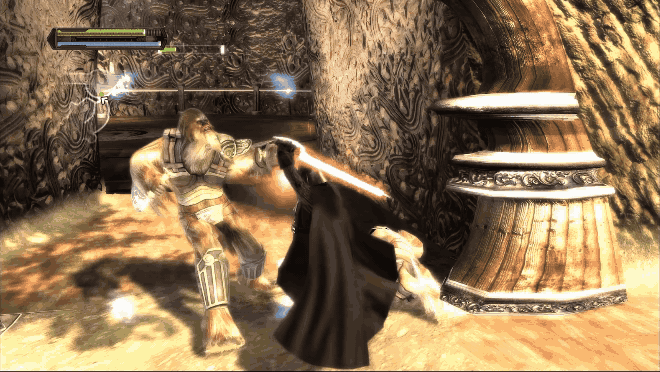Natural Motion's Euphoria: Real-Time Dynamic Motion Synthesis (DMS)
It simulated full biomechanical systems-bones, muscles, and motor control-enabling characters to react organically

Abstract
Euphoria, developed by NaturalMotion, redefined real-time character animation in video games through its proprietary Dynamic Motion Synthesis (DMS) technology. Unlike traditional ragdoll physics or pre-baked animations, Euphoria simulated full biomechanical systems-bones, muscles, and motor control-enabling characters to react dynamically to environmental stimuli. This paper examines Euphoria’s technical foundations, its impact on flagship titles like Grand Theft Auto IV and Star Wars: The Force Unleashed, and the ideological argument that realistic body simulation is critical to immersion, surpassing graphical fidelity alone.
I. Technical Foundations: From Ragdolls to Biomechanical Simulation
Limitations of Traditional Animation
Prior to Euphoria, games relied on:
Pre-baked animations: Fixed sequences lacking contextual adaptability.
Ragdoll physics: Passive, momentum-driven reactions with no active motor control.
These systems produced repetitive, unconvincing interactions, such as characters flopping unnaturally after falls or ignoring environmental obstacles.
Dynamic Motion Synthesis (DMS)
Euphoria’s innovation lay in its biologically inspired approach:
Anatomic fidelity: Characters were modeled with virtual bones, muscles, and a simplified nervous system.
Active motor control: AI-driven "behavior sets" enabled context-aware reactions (e.g., grabbing ledges when falling, balancing against pushes).
Real-time synthesis: Animations were generated on-the-fly, ensuring no two interactions were identical.
II. Revolutionary Applications in Gaming
Earliest Case Studies
Star Wars: The Force Unleashed (2008)
Euphoria enabled Stormtroopers to react uniquely to Force powers:
Characters scrambled to grab nearby objects when levitated.
Limbs collided dynamically with environments, creating emergent moments like troopers catching themselves on rails.
Combined with Digital Molecular Matter (DMM), this created unprecedented environmental interactivity.
Grand Theft Auto IV (2008)
Pedestrians exhibited lifelike panic:
NPCs shielded their heads during explosions.
Falling characters actively reached for nearby surfaces.
Rockstar’s integration of Euphoria into its RAGE engine set a new standard for open-world realism.
Performance and Limitations
Hardware demands: Euphoria required significant CPU resources, limiting its adoption to AAA titles with optimized engines (e.g., RAGE).
Developer dependency: Success hinged on studios fine-tuning behavior sets. Poor implementation led to "janky" results in lesser-known titles.
III. Ownership and Industry Impact
NaturalMotion’s Trajectory
Founded in 2001 as an Oxford University spin-off, NaturalMotion licensed Euphoria to studios like Rockstar and LucasArts.
Acquisition by Zynga (2014): The $527M deal shifted focus to mobile games (e.g., CSR Racing), ceasing Euphoria licensing by 2017.
Legacy in Modern Engines
Rockstar retained Euphoria integration in RAGE, using it in Red Dead Redemption 2 (2018) for nuanced horse stumbles and enemy reactions.
Competing engines (e.g., Unreal, Unity) rely on hybrid ragdoll-animation systems, lacking Euphoria’s biomechanical depth.
Conclusion: The Future of Dynamic Animation
Euphoria’s discontinuation highlights a critical industry gap. While Rockstar and Take-Two benefit from proprietary access, broader adoption of dynamic simulation-via open-source tools could democratize immersive physics. As games strive for cinematic realism, the next frontier lies not in pixels, but in the uncanny valley of human motion.
Video: For the Euphoria tech demo go to minute 3:38




